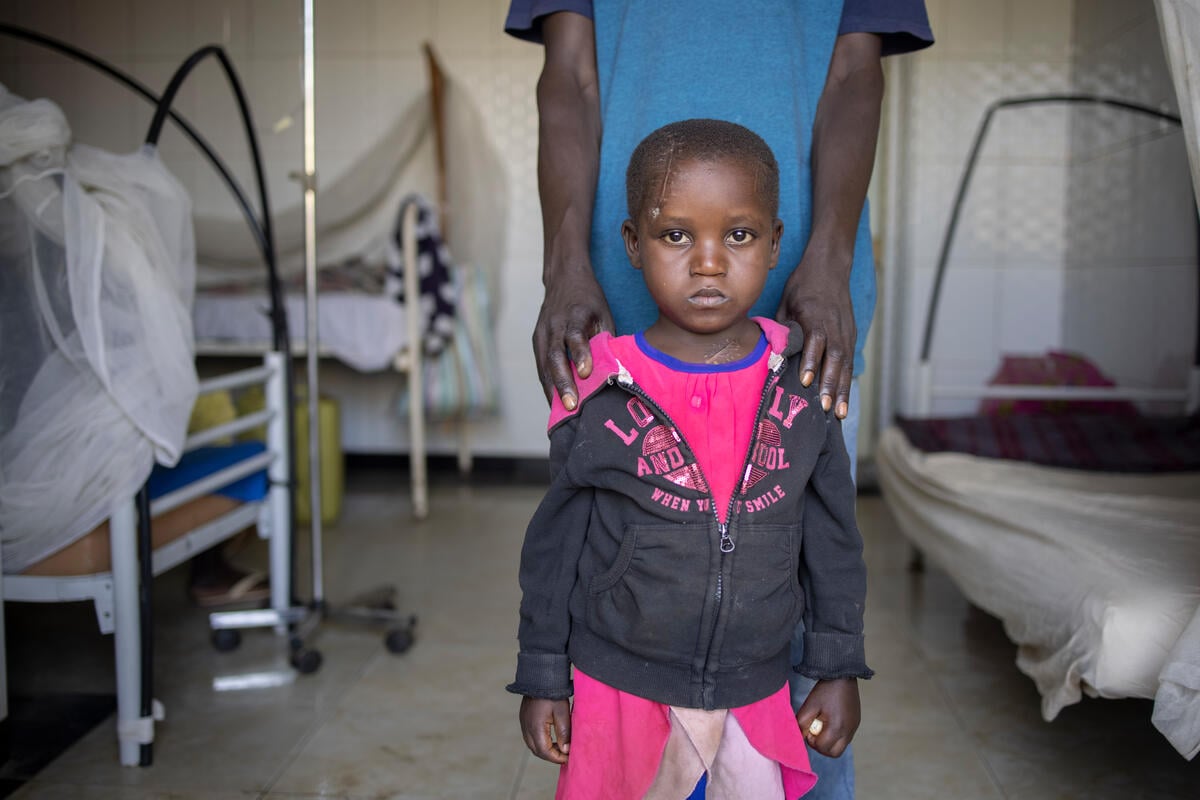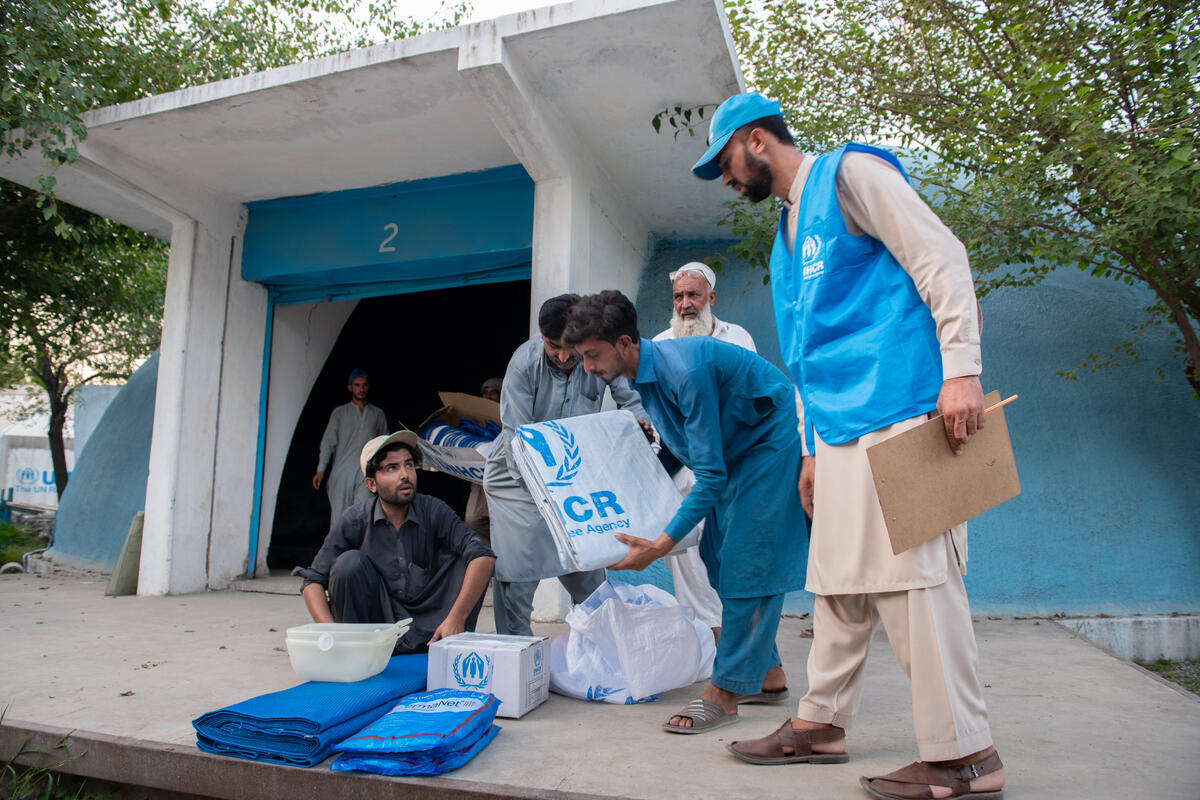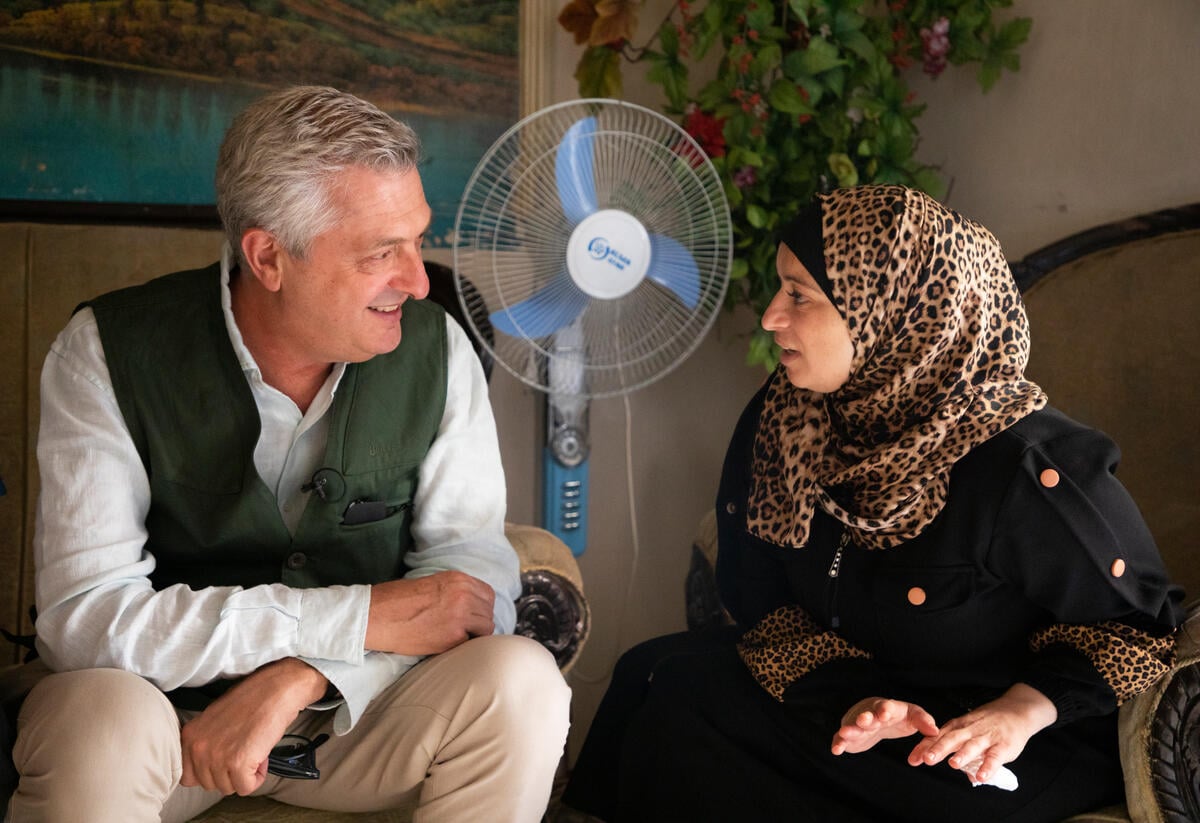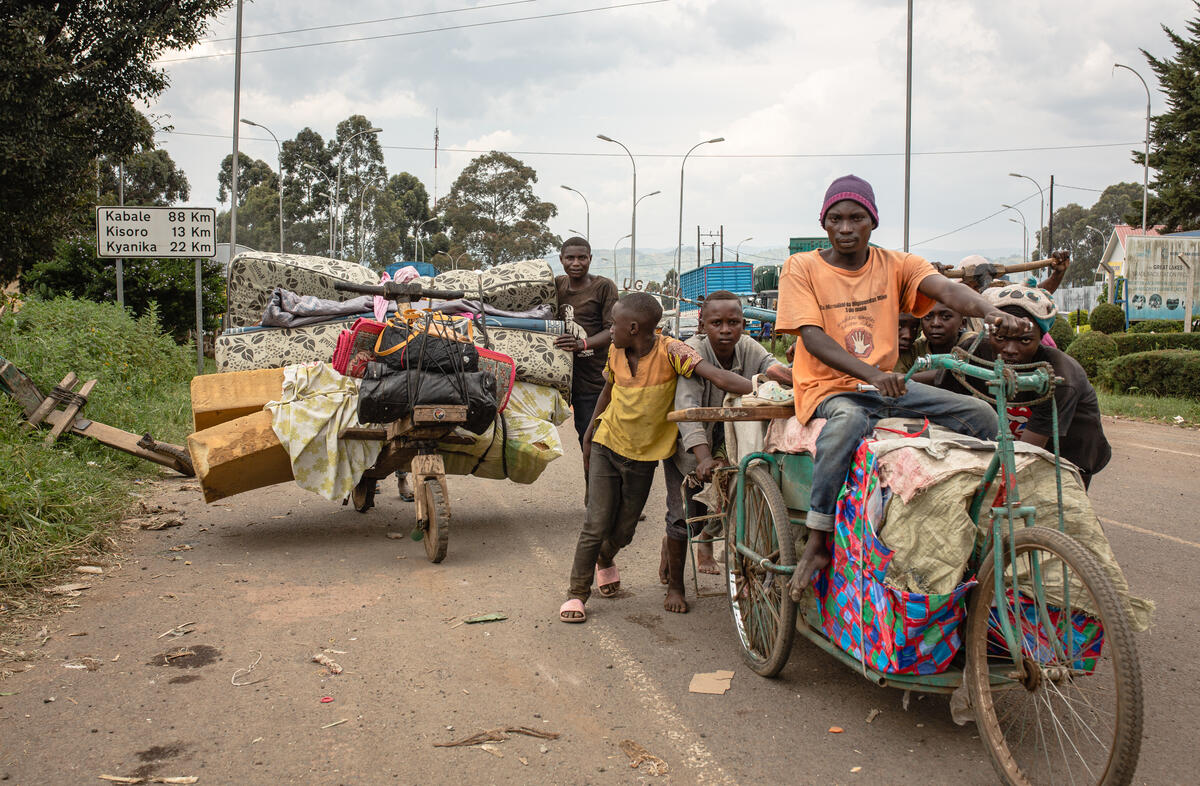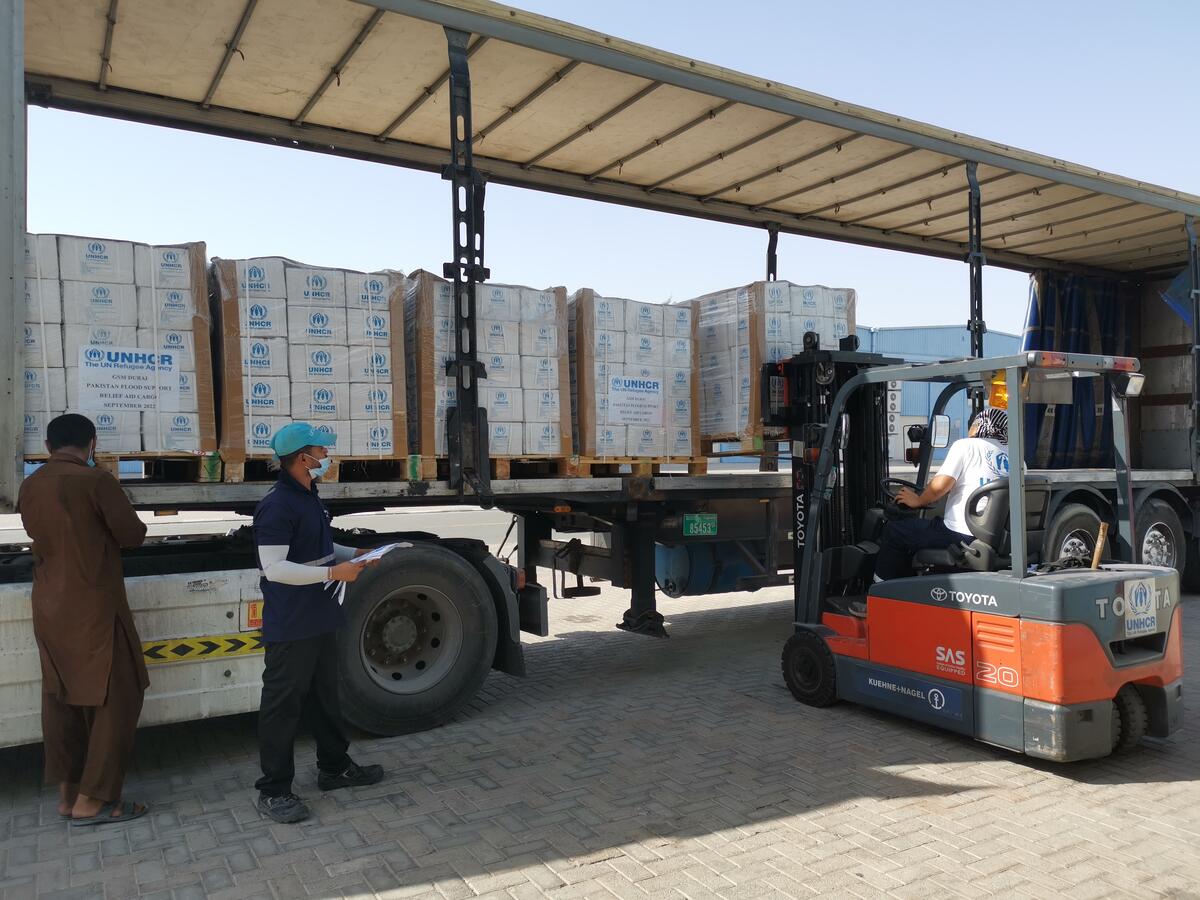UNHCR makes new aid delivery push in Yemen, welcomes 72-hour ceasefire
UNHCR makes new aid delivery push in Yemen, welcomes 72-hour ceasefire
In a new aid push, UNHCR is delivering emergency supplies to more than 125,000 displaced people, including in the embattled southern town of Taizz.
Aid distributions have been part of the humanitarian response since Yemen’s conflict began in March 2015, but access has often been difficult and UNHCR welcomes this week’s ceasefire, which is not linked to the aid push. The opportunity to get help to people in need in hard-to-reach, conflict-affected areas is particularly important. We hope the ceasefire lasts and leads to resumed peace talks and more such opportunities for aid to get through.
UNHCR plans to reach more than 125,000 individuals under the aid push. Already this month and prior to the ceasefire we have reached some 12,309 people (in Al Hudaydah, Amanat Al Asimah, Amran, Hajjah, Sa’ada and Sana’a governorates).
An additional 21 convoys are on the move or being prepared for Taizz as well as five other governorates (Ibb, Amanat Al Asimah, Amran, Hajjah and Al Hudaydah) governorates. These areas are host to 65 per cent (1.427 million people) of Yemen’s 2.21 million conflict-displaced population.
The aid UNHCR is delivering is non-food aid. Included in it are tarpaulins, sleeping mats, blankets, kitchen sets and buckets for hygiene and sanitation. Shelter repair kits will help about 25,760 people.
Much of this assistance had either been prepositioned in UNHCR’s warehouses in Sana’a and Al Hudaydah governorates or shipped to Al Hudaydah port through recent deliveries totalling 1,475 tons. The latest aid push follows weeks of preparation for the movement of convoys.
UNHCR has been advocating with parties to the conflict for regular, sustained and unimpeded humanitarian access to those most in need. Humanitarian operations in Yemen are still constrained by the conflict, which has left 21.2 million people (more than 80 per cent of the population) in need of help.
Much vital infrastructure has been destroyed vital the economy devastated. Amid this situation shelter has emerged as a key need for displaced Yemenis, along with food and drinking water. Most of the uprooted, some 62 per cent, are being accommodated by overstretched local communities while others stay in rented accommodation or in makeshift arrangements, including public or abandoned buildings and informal settlements, at risk of harm and with little or no protection.
The majority of those forced to flee their homes have been living in displacement for an average of at least 10 months amid deteriorating conditions. Those in informal settlements or collective centres are struggling in under-resourced and overcrowded conditions. Others living in rented premises are at risk of eviction or extortion. Local host communities are buckling under the strain of caring for so many people for so long.
The devastating conflict in Yemen has left more than 2.2 million people internally displaced and forced some 180,500 people to flee to other countries in the region. There are also 278,034 registered refugees and asylum seekers in Yemen, mainly from Somalia and Ethiopia.
For more information on this topic, please contact:
- In Amman, Shabia Mantoo, [email protected], +962 7 9614 3158

